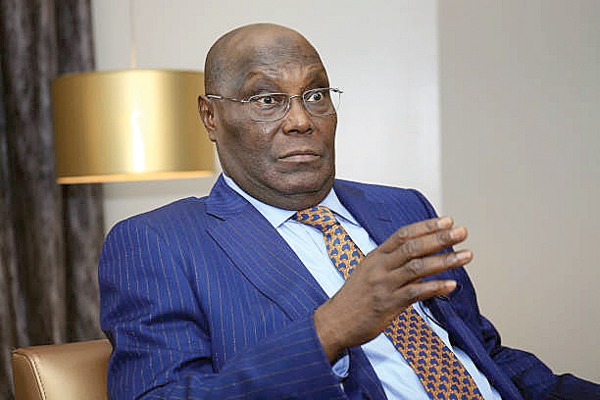The global economy is grappling with a multifaceted crisis characterized by persistent inflation, geopolitical tensions, and shifting monetary policies. These factors are collectively impacting daily life, with consumers worldwide experiencing heightened costs and economic uncertainty.
Inflation remains a significant concern, with global headline inflation exceeding its 2015–2019 average in 89 out of 134 countries by early 2025. In the United States, core inflation is driven by robust consumer demand, a tight labor market, and rising services prices, particularly in housing. In the euro area, strong wage growth and robust consumer spending on leisure activities contribute to persistent upward pressure on services prices.
The surge in inflation has led to increased costs for essential goods and services. Food prices have risen sharply, with some regions experiencing double-digit increases, placing a strain on household budgets. Housing affordability has become a critical issue, as rising prices and rents make it difficult for many to secure homes or apartments. For fixed or low-income households, the financial strain is especially acute.
Energy costs have also escalated, with gasoline prices increasing over 20% in the past year. This surge affects daily commutes and overall transportation expenses, prompting many individuals to seek alternative modes of transport or adjust their travel habits. Additionally, heating and cooling expenses have risen, adding to the financial burden on families.
The transportation sector has been notably impacted, with higher public transport fares and increased shipping and delivery costs. These changes affect daily commuting and the prices of goods, further straining household finances.
Healthcare expenses have also risen, with medical care costs growing faster than the overall cost of living. This trend is driven by factors such as higher wages for healthcare workers and new medical technologies, leading to increased out-of-pocket expenses for consumers.
In response to these economic challenges, central banks have adjusted their monetary policies. On June 19, 2025, the Swiss and Norwegian central banks cut interest rates by 25 basis points due to declining inflation expectations, aligning with similar moves from Sweden and the European Central Bank. These rate cuts come amid heightened unpredictability stemming from U.S. President Donald Trump’s tariff threats and the ongoing Israel-Iran conflict.
The Federal Reserve, while keeping rates unchanged, warned of rising U.S. consumer prices from tariffs and projected modest economic growth at 1.4%, a rise in unemployment, and inflation at 3% for 2025. Despite signaling possible future rate cuts, Fed Chair Jerome Powell emphasized cautious, data-dependent decision-making.
Geopolitical tensions, particularly the Israel-Iran conflict, have further exacerbated economic instability. The conflict has led to a 14% rise in dollar-denominated crude oil prices, with a weakening U.S. dollar providing some relief to non-American oil-importing economies, particularly in Europe. This situation has broken down the historical inverse correlation between the dollar and oil prices, reflecting broader shifts due to trade wars and altered alliances.
In summary, the global economic crisis of 2025, marked by persistent inflation and geopolitical tensions, continues to impact daily life. Consumers are facing increased costs across essential sectors, prompting adjustments in spending habits and lifestyle choices. Central banks and policymakers are navigating complex challenges in an effort to stabilize the economy and mitigate the effects on the public.











Leave a comment